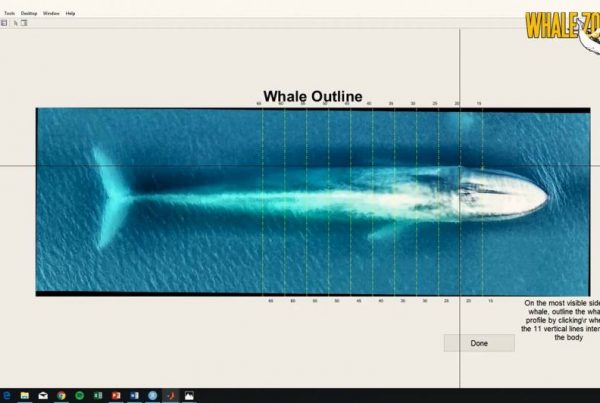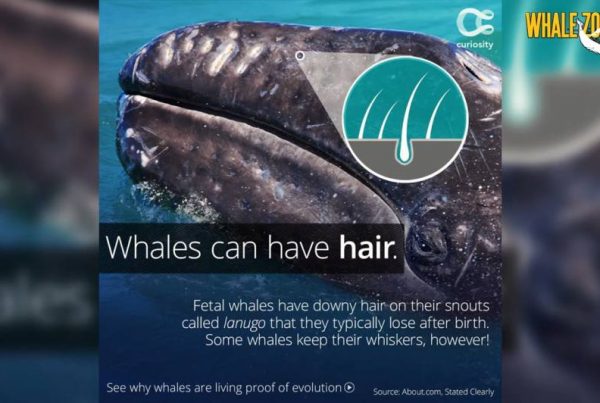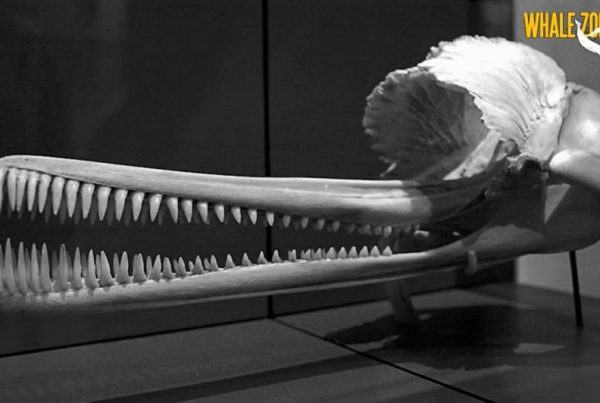Hi everyone, welcome to a new episode of WHALEZONE.TV, which is now available on our blog!
In this episode, our Marine Biologist Milou explains how Cetaceans control their Buoyancy, using their blubber, bone density and spermaceti organ. Watch, learn and enjoy!
SUBSCRIBE TO WHALEZONE.TV Q&A on Youtube! – http://bit.ly/wzsubscribe
Puzzled about something? Ask your question here – http://bit.ly/wzquestion
WZ Links:
About the WHALE ZONE – http://bit.ly/aboutwz
Sightings, Reports, Articles & Media – http://bit.ly/whalezone
We support:
MONICET Cetaceans Research & Conservation – http://www.monicet.net
COSTA Sea Turtle Research & Conservation – http://bit.ly/costaturtles
Visit our Sponsors:
TERRA AZUL™ See Whales & Dolphins – https://www.azoreswhalewatch.com
References:
Anna E. Nousek-McGregor, Carolyn A. Miller, Michael J. Moore, and Douglas P. Nowacek.
Effects of Body Condition on Buoyancy in Endangered North Atlantic Right Whales (2014)
Physiological and Biochemical Zoology 87:1, 160-171
Noel-Marie Gray, Kimberly Kainec, Sandra Madar, Lucas Tomko, and Scott Wolfe.
Sink or Swim? Bone Density as a Mechanism for Buoyancy Control in Early Cetaceans (2007). The Anatomical Record 290:638–653
Society for Marine Mammalogy. MARINE MAMMAL SCIENCE, 26(3): 573–587 (July 2010)


















Your thoughts on this?